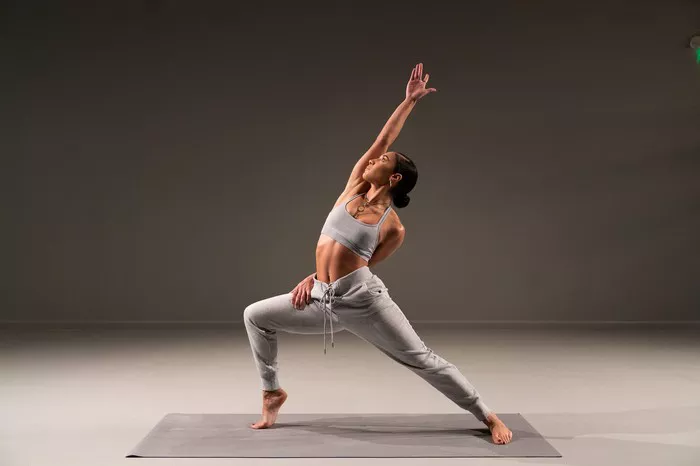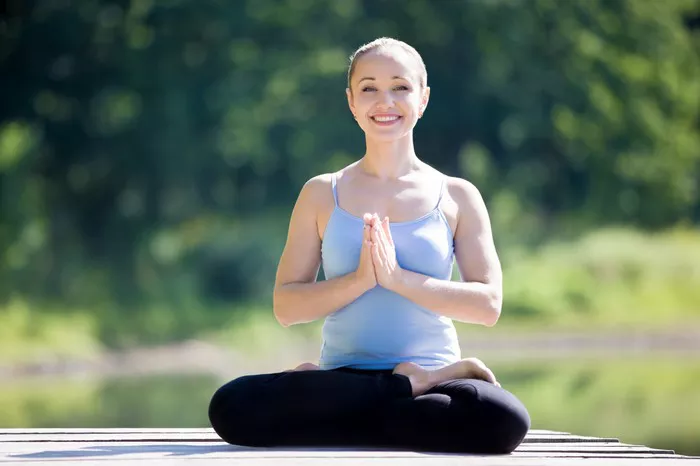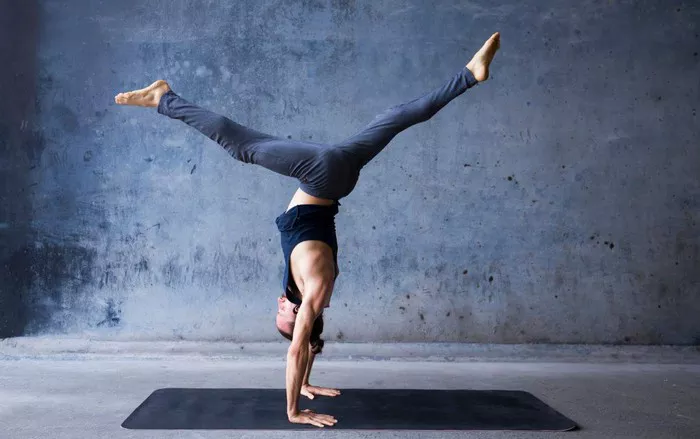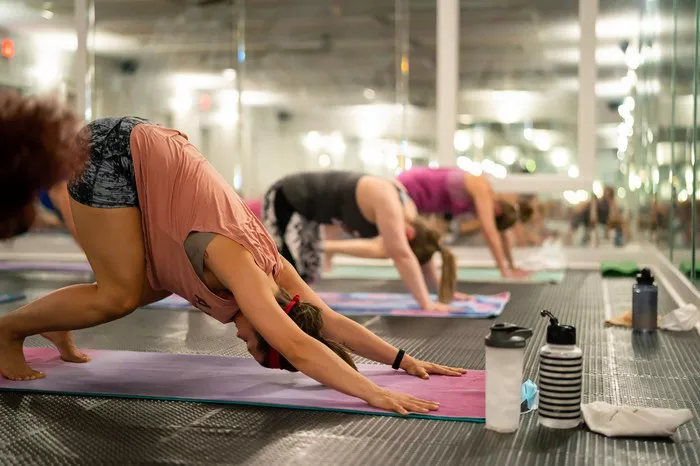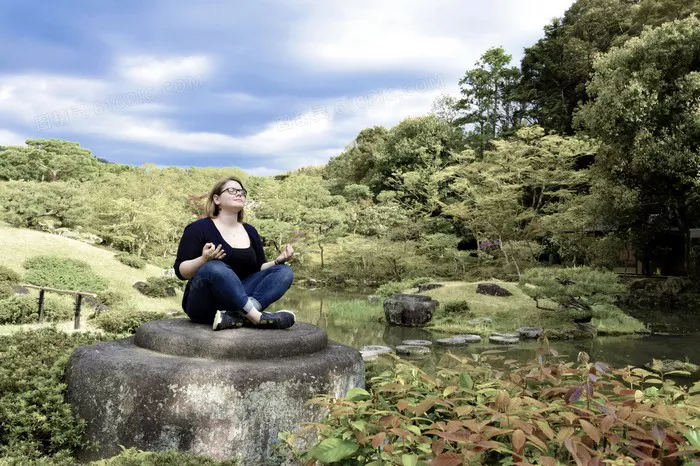Sun Salutation, or Surya Namaskar, is one of the most popular and fundamental sequences in yoga. This dynamic flow of postures, performed in a rhythmic sequence, is designed to honor and harness the energy of the sun. Practiced regularly, Sun Salutation offers numerous benefits, including improved flexibility, increased strength, enhanced mental clarity, and better circulation. However, many yoga practitioners, especially beginners, often wonder about the best time of day to perform Sun Salutation.
The ideal time to practice Sun Salutation largely depends on personal preference, daily schedule, and specific health goals. However, there are certain traditional and practical considerations that can help determine the optimal timing. Below, we explore different times of day to practice Sun Salutation and their respective benefits.
Morning Practice: The Traditional and Ideal Time
Traditionally, Sun Salutation is best performed early in the morning, preferably at sunrise. This is the time when the air is fresh, the mind is calm, and the body is naturally prepared for movement after a night of rest. Morning practice offers several advantages:
Energizes the Body and Mind: Performing Sun Salutation in the morning wakes up the body, increases blood circulation, and activates the nervous system. The sequence helps shake off morning stiffness and prepares you for an active day ahead.
Boosts Metabolism: Engaging in movement early in the day stimulates metabolism and promotes calorie burning throughout the day, making it beneficial for those who want to maintain a healthy weight.
Enhances Mental Clarity: Practicing yoga in the morning enhances focus, mental clarity, and emotional stability, allowing you to start the day with a positive and centered mindset.
Syncs with Natural Rhythms: Yoga philosophy emphasizes aligning our activities with nature’s cycles. Since Surya Namaskar is a salutation to the sun, practicing it at sunrise is considered the most auspicious time.
Improves Digestion: Practicing Sun Salutation on an empty stomach in the morning helps improve digestion and detoxification by stimulating internal organs.
Tips for Morning Practice:
- Perform Sun Salutation on an empty stomach or after drinking a glass of warm water.
- Start with a few gentle stretches to wake up the muscles before engaging in the sequence.
- Practice facing the rising sun to enhance the spiritual and energetic connection with nature.
Afternoon Practice: A Midday Energy Boost
If you are unable to practice in the morning, the afternoon can also be a suitable time for Sun Salutation. This is especially beneficial for people who experience fatigue or sluggishness after lunch.
Rejuvenates the Body: Midday practice helps counteract energy slumps and improves productivity by recharging the body and mind.
Improves Posture and Flexibility: Since muscles are more warmed up in the afternoon compared to the morning, Sun Salutation can be performed with greater ease and flexibility.
Stress Reduction: Taking a break from work or daily responsibilities to practice yoga can relieve stress and improve overall well-being.
Tips for Afternoon Practice:
- Wait at least 2-3 hours after eating before practicing.
- Avoid overstretching or overexertion, especially if the body is fatigued.
- Follow the sequence with a brief meditation or relaxation to maximize its benefits.
Evening Practice: Relaxation and Unwinding
While morning is traditionally considered the best time, some individuals prefer practicing Sun Salutation in the evening. This can be a great way to unwind, stretch out tension from the day, and prepare for restful sleep.
Releases Physical and Mental Stress: Evening practice helps relax the muscles, especially if you have been sitting for long hours.
Enhances Sleep Quality: A calming practice in the evening can promote better sleep by reducing stress and quieting the mind.
Improves Flexibility: The body is naturally more flexible in the evening, making it an ideal time for deep stretching and mindful movement.
Tips for Evening Practice:
- Perform the sequence at a slow, relaxed pace rather than a vigorous one to avoid overstimulating the body before sleep.
- Combine Sun Salutation with pranayama (breathing exercises) and meditation for maximum relaxation.
- If feeling tired, opt for a gentle variation of Sun Salutation rather than an intense session.
Choosing the Best Time Based on Individual Needs
While tradition favors practicing Sun Salutation in the morning, it is essential to choose a time that aligns with your lifestyle, body rhythm, and personal goals. Here are some factors to consider:
For Energy and Metabolism Boost: Morning is the best time to practice.
For Midday Energy and Flexibility: Afternoon practice works well.
For Relaxation and Stress Relief: Evening practice is beneficial.
For Those with Busy Mornings: Anytime that fits into your schedule is better than not practicing at all.
Final Thoughts
Sun Salutation is a versatile and effective practice that can be performed at any time of the day. The key is consistency and mindfulness in execution. Whether you practice at sunrise, in the afternoon, or in the evening, each time of day offers unique benefits. The most important aspect is to listen to your body, maintain regularity, and integrate Sun Salutation into your daily routine in a way that best supports your physical and mental well-being.
Regardless of when you choose to practice, Sun Salutation remains a powerful tool for maintaining health, balance, and vitality. Find the time that works best for you, and embrace the practice with dedication and awareness.
Related topics:



